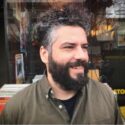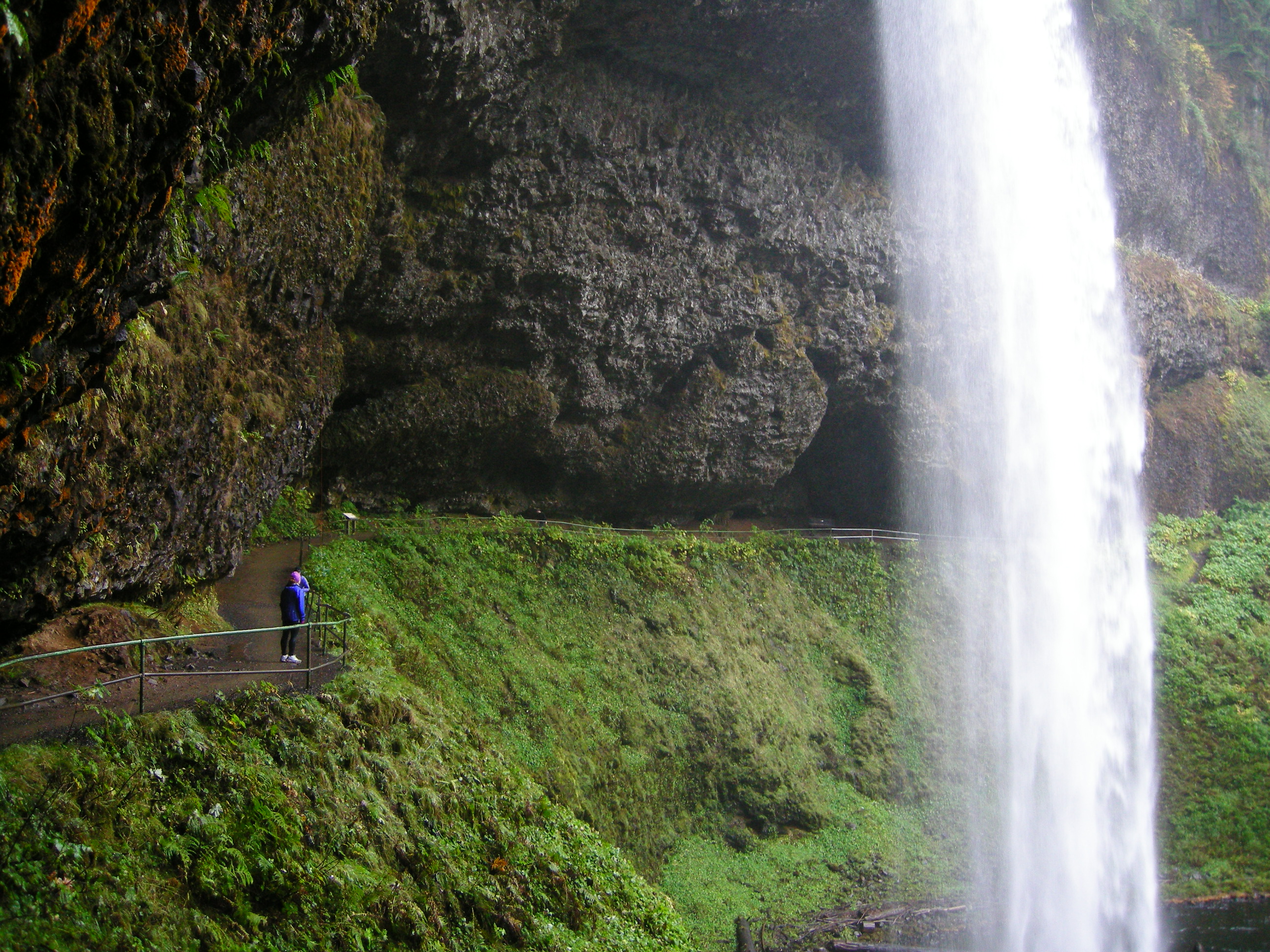
A few years ago I got the idea that running a half marathon would be a worthwhile thing to try. It was becoming clear, approaching my late 30s, that if I wanted to stay fit I would have to do something monumental. I was an athlete growing up. I even played two years of Division III college hoops and continued playing recreationally throughout my 20s and into my 30s.
But now I was in the midst of pursuing a PhD, was far too often sitting or driving, and growing intermittently depressed at all the weight I was gaining. So I found a race that looked appealing and signed up.
I was living in Colorado at this time. The race began around a 7,000-foot elevation and slowly, gradually descended into the town of Glenwood Springs at a 5,700-foot elevation. My main goals were to finish and to not stop running. I failed.
Well, not entirely. I did finish! But I had to walk a couple times on the huge uphill between miles 4 and 5, and then again around mile 10. Nevertheless, finishing felt like a real accomplishment and I came in around 2 hours and 45 minutes. Nothing to brag about, by any stretch of the imagination, but at least I could say I did it.
This initial foray into the world of 13.1 miles led to an annual New Year’s resolution to run a half marathon each year. My body has always fluctuated weight-wise, and so, for at least a couple months every year, I could assure myself of a healthy training regimen, a new challenge, and, mainly, an excuse to eat whatever I wanted during that time.
This year, however, I decided to make the annual race an actual New Year’s resolution, and convinced myself, some friends and my wife to register for the Resolution Run and Polar Plunge in Newport on January 5th. Why not take it up a notch? The race ended on the beach and any runner that wished to could plunge into the icy cold Pacific.
You can read about and see photos of the race here. Please don’t look up my time, however.
Please don’t look up my time, in fact, because this half marathon spent more than half its miles on muddy, root-laden single-track trails through the forest that never evened out. For at least half of these 13.1 miles, the half marathoners were either ascending or descending these washed out trails, hoping and praying for no missteps.
I witnessed (and partook in) a lot of walking and even some photo snapping among the beautiful, misty ancient trees. What there wasn’t, however, was persistent running. Even the race leader, the moment he happened to pass me heading back toward what an hour ago was the starting line (the course made a figure eight of sorts), was essentially climbing. Imagine an endless Stairmaster in the woods.
Perhaps due to the simultaneously frustrating and liberating nature of this course (frustrating in that I seriously could have torn my ACL, liberating in that I could walk as much as necessary and not feel guilty in the slightest (so many of us were doing it)), the race was a total blast and a totally new experience. Not to mention, a few hours after the 9am starting gun, I was dunking the entirety of my pained and exhausted body into the most glorious ice bath Mother Earth could offer.
In all honesty, I was a little nervous I wouldn’t be able to withstand a giant undertow should one start pulling me. But luckily my friends (who all ran 5Ks or 10Ks and had finished long ago) and parents (who had come up from Ashland to watch our child so both my wife and I could run) were all there to witness my near last-place glory and extract me from the ocean’s clutches.
One thing that struck me about this year’s race, and having run my half marathon in Sisters, Oregon last year, is how genuinely local and community-building these races in smaller cities (can I call them that?) are. The race in Sisters, for instance (which this year is on May 11th), is primarily a fundraiser for the Sisters High School Swim Team.
The Polar Plunge employed community and “police volunteers” alongside members of the actual Newport PD. We picked up our race packets and bibs the night before at an out-of-the-way coffee shop in a residential neighborhood. The after race “party” was in one of Rogue’s back warehouses—totally freezing but totally endearing—with chowder being served by young adults out of hot pans, local catering from a taco truck, and Rogue-made beer, root beer, and liquor, all on tap.
The enduring runner’s high, mixed with a dose of makeshift and amateurish race organizing*, made for quite a memorable weekend.
*Some examples: (1) the timing sensors didn’t work (runners had to wait days to know their times, as they had to be entered manually into the website from backup time-keeping devices), (2) the freezing warehouse “party,” (3) the extremely minimal course description on the website of how insanely arduous the half marathon was.
One response could have been to grow frustrated at these organizational pitfalls. But that would have taken away from the spirit of the weekend, in my mind. The low-key aesthetic, the ocean plunge, the moderate amount of participants, simply helped me be thankful that, approaching forty-one now, I am even able to run such a race, and feel physically alive in a very broken world.
Finally, and no less importantly to my mental preparation for this year’s race, I read Haruki Murakami’s What I Talk About When I Talk About Running. Mental preparation is such a large part of distance running, and the mental preparation begins well before the race itself. This was a way to sike myself up.
Moreover, while Murakami has been delighting his readers around the globe for years and years with his wildly popular novels, this memoir is solely dedicated to Murakami’s obsession with distance running. I was curious just what the book entailed.
Unfortunately, despite a plethora of insightful information about what it takes to train for a marathon in the interest of improving your time (Murakami runs a marathon every year), and another interesting essay about training for triathlons, and one about running an ultra-marathon (100 Kilometers (62 miles) in Murakami’s case), I found this book to be entirely antithetical to the way I think about running.
Murakami is so focused on his own accomplishments, and on conveying how strong-willed he is, and makes such base statements (e.g., simply deciding to become a novelist one day, to paraphrase one statement), the book grew very off-putting. While any Murakami fan would enjoy the book simply for the insights into Murakami’s obsessive nature—he often compares dedicated distance running to novel writing—the book is anything but a must read for anyone interested in running for running’s sake, or running casually, or simply trying something new.
Nevertheless, I wouldn’t let Murakami ruin my New Year! After the race, we spent the remainder of the day sitting around the fire at the Crow’s Nest, the gigantic house we rented a few miles south of the race’s starting line, with a magnificent view of the waves, reading the guest log books the owners of the Crow’s Nest had, amazingly, been faithfully laminating and binding since 1975. Then, in the evening, being awestruck at the massive wind and rain storm that pounded the windows for a number of hours.
The weekend spent in Newport was genuinely life-infusing, and, given the early accomplishment of this year’s half marathon, perhaps come summer, I’ll be ready for another race, in another part of Oregon I’ve always wanted to visit, to help shed some pounds.




